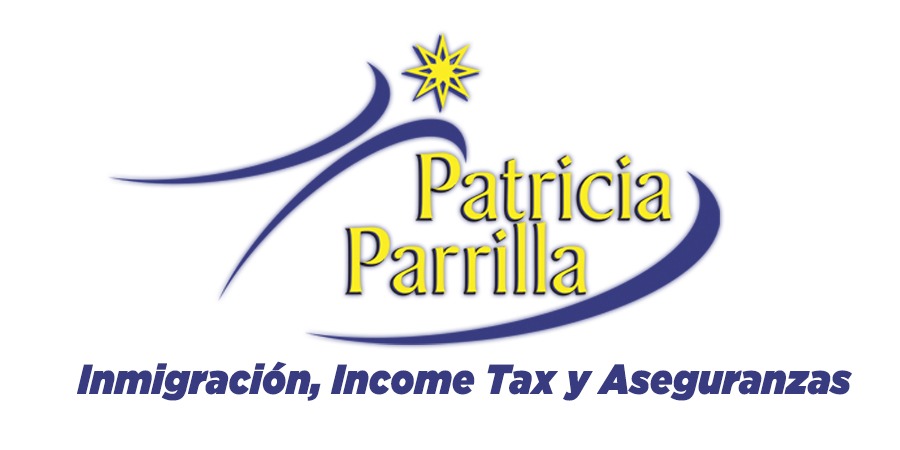
A recent Internal Revenue Service press release revealed the tax year 2020 annual inflation adjustments, which affect a number of tax items, including marginal tax rates, the Alternative Minimum Tax, the Earned Income Credit, and more. While the IRS notes that there are “more than 60 tax provisions” addressed by the adjustments, the first item highlighted in the release is the failure to file penalty.
Taxpayers who neglect to file a tax return or extension by the federal filing deadline may be charged a failure to file penalty in addition to their tax owed. The IRS says that—because of the Taxpayer First Act—the failure to file penalty will be higher for tax year 2020 returns that will be due in April 2021. In subsequent years, the penalty will be adjusted for inflation, likely as a relevant deterrent to missing the filing deadline.
The rest of the bulleted items specifically cited in the release—more than a dozen in total—cover a range of issues that the agency says should be “of greatest interest to most taxpayers.” Here is the list published in IR-2019-180:
- The standard deduction for married filing jointly rises to $24,800 for tax year 2020, up $400 from the prior year. For single taxpayers and married individuals filing separately, the standard deduction rises to $12,400 in for 2020, up $200, and for heads of households, the standard deduction will be $18,650 for tax year 2020, up $300.
- The personal exemption for tax year 2020 remains at 0, as it was for 2019, this elimination of the personal exemption was a provision in the Tax Cuts and Jobs Act.
- Marginal Rates: For tax year 2020, the top tax rate remains 37% for individual single taxpayers with incomes greater than $518,400 ($622,050 for married couples filing jointly). The other rates are:
- 35% for incomes over $207,350 ($414,700 for married couples filing jointly);
- 32% for incomes over $163,300 ($326,600 for married couples filing jointly);
- 24% for incomes over $85,525 ($171,050 for married couples filing jointly);
- 22% for incomes over $40,125 ($80,250 for married couples filing jointly);
- 12% for incomes over $9,875 ($19,750 for married couples filing jointly).
The lowest rate is 10% for incomes of single individuals with incomes of $9,875 or less ($19,750 for married couples filing jointly).
- For 2020, as in 2019 and 2018, there is no limitation on itemized deductions, as that limitation was eliminated by the Tax Cuts and Jobs Act.
- The Alternative Minimum Tax exemption amount for tax year 2020 is $72,900 and begins to phase out at $518,400 ($113,400 for married couples filing jointly for whom the exemption begins to phase out at $1,036,800).The 2019 exemption amount was $71,700 and began to phase out at $510,300 ($111,700, for married couples filing jointly for whom the exemption began to phase out at $1,020,600).
- The tax year 2020 maximum Earned Income Credit amount is $6,660 for qualifying taxpayers who have three or more qualifying children, up from a total of $6,557 for tax year 2019. The revenue procedure contains a table providing maximum credit amounts for other categories, income thresholds and phase-outs.
- For tax year 2020, the monthly limitation for the qualified transportation fringe benefit is $270, as is the monthly limitation for qualified parking, up from $265 for tax year 2019.
- For the taxable years beginning in 2020, the dollar limitation for employee salary reductions for contributions to health flexible spending arrangements is $2,750, up $50 from the limit for 2019.
- For tax year 2020, participants who have self-only coverage in a Medical Savings Account, the plan must have an annual deductible that is not less than $2,350, the same as for tax year 2019; but not more than $3,550, an increase of $50 from tax year 2019. For self-only coverage, the maximum out-of-pocket expense amount is $4,750, up $100 from 2019. For tax year 2020, participants with family coverage, the floor for the annual deductible is $4,750, up from $4,650 in 2019; however, the deductible cannot be more than $7,100, up $100 from the limit for tax year 2019. For family coverage, the out-of-pocket expense limit is $8,650 for tax year 2020, an increase of $100 from tax year 2019.
- For tax year 2020, the adjusted gross income amount used by joint filers to determine the reduction in the Lifetime Learning Credit is $118,000, up from $116,000 for tax year 2019.
- For tax year 2020, the foreign earned income exclusion is $107,600 up from $105,900 for tax year 2019.
- Estates of decedents who die during 2020 have a basic exclusion amount of $11,580,000, up from a total of $11,400,000 for estates of decedents who died in 2019.
- The annual exclusion for gifts is $15,000 for calendar year 2020, as it was for calendar year 2019.
- The maximum credit allowed for adoptions for tax year 2020 is the amount of qualified adoption expenses up to $14,300, up from $14,080 for 2019.
To learn more about the tax year 2020 annual inflation adjustments, the IRS suggests reading Revenue Procedure 2019-44.
Source: IR-2019-180

 Patricia Parrilla Tax Services
Patricia Parrilla Tax Services